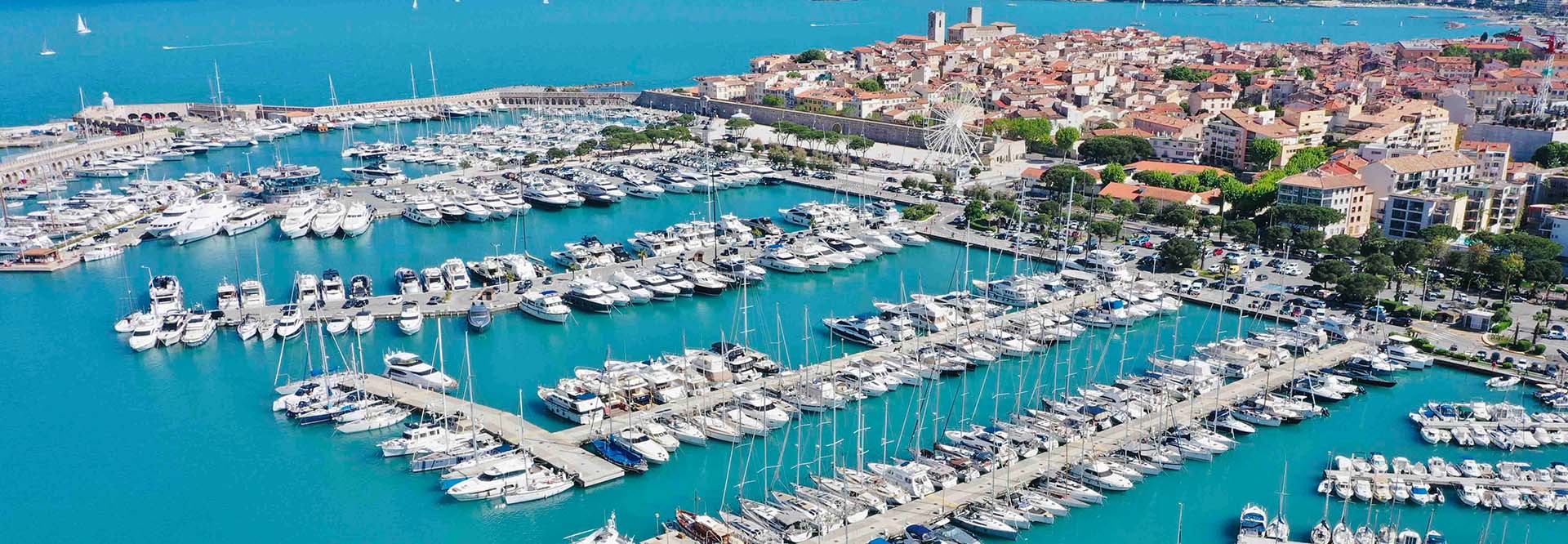
A pedestrian footbridge now connects Antibes’ Old Town to the Échauguette lighthouse, accessible every day from 3pm until sunset.
A walk with a view
This footbridge extends the rampart walk, offering visitors a unique stroll along the upper part of the ramparts. Enjoy breathtaking views of the Camille Rayon quay and discover Antibes from a new angle.
As part of our modernization program, Merli Pier is undergoing a transformation this winter to better meet your expectations.
Progress of the construction site
The redevelopment work is progressing: demolition of the current platform will be completed by the end of November, with the existing elements being cut up and then lifted away by crane. The anchors for the future structure will be installed in November, alongside the installation of rainwater drainage systems and settling tanks. Preparatory work for the manufacture of the new beam is also already underway. The project is still scheduled for completion by the end of March 2026.
A completely redesigned pier
For the 2026 season, discover a renovated pier, designed to optimize your comfort and everyday experience. The structure will be reinforced to ensure solidity and safety, while the technical equipment will be completely modernized: networks, electrical terminals, lighting… all while preserving the port’s aesthetic appeal.
Practical and pleasant amenities
The project includes:
New Buildings and Modernized Infrastructure
Construction of three new buildings:
As well as a waste collection point.
Schedule
The fishermen’s area will undergo a significant transformation between November 2026 and March 2027.
Improvements to Facilitate Work and Sales
The works include: